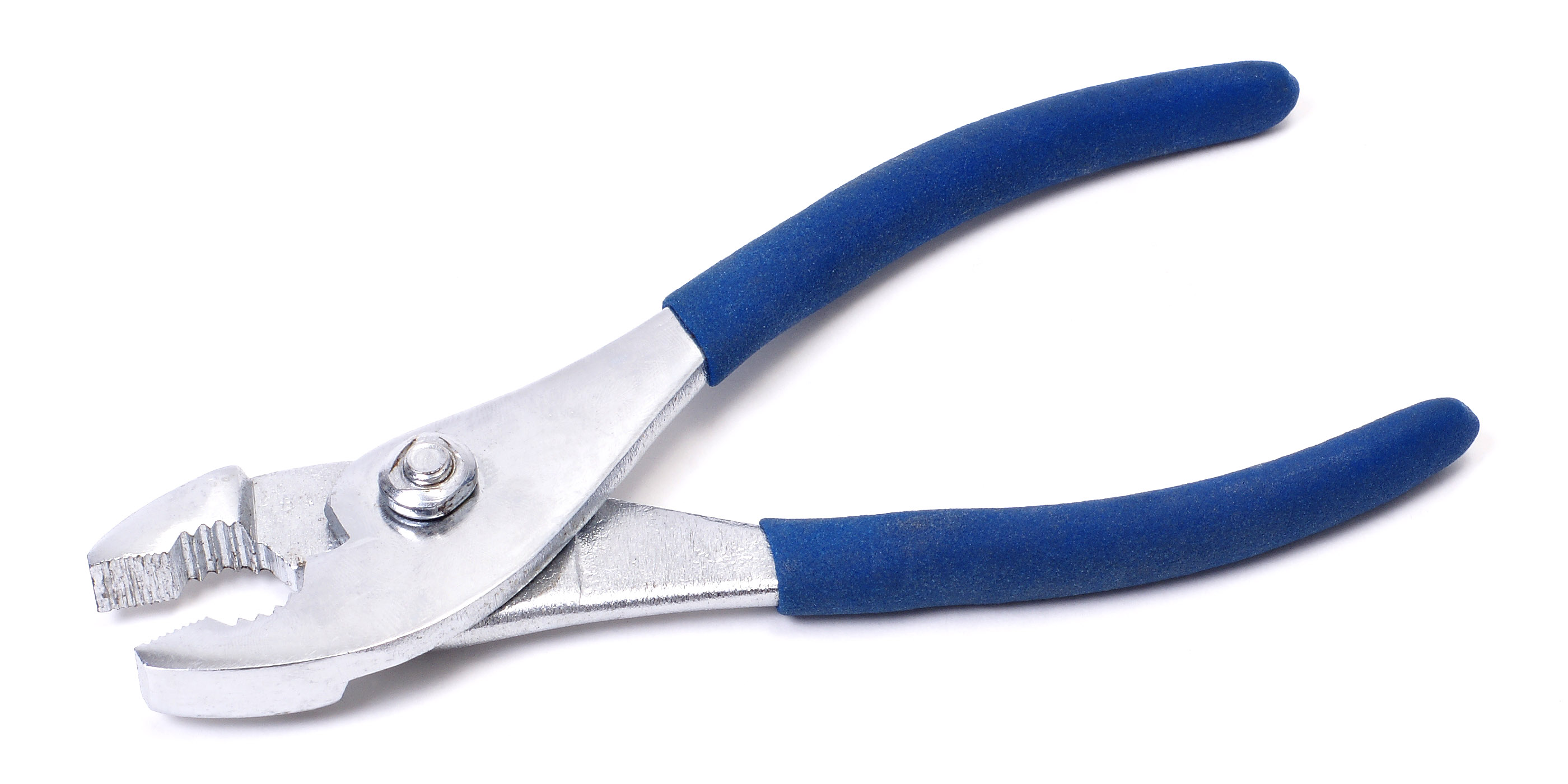
So, you’ve just decided to become a florist and you are now looking for the proper and necessary gadgets and weapons to get started. Look no further because you finally found the right place to back you up.
Here is the list of the tools and materials every florist should have to start their job:
Cutting Tools
1. Clippers, Scissors, and Floral ShearsThese tools are designed to cut the floral stems without crushing them. You should only use them to cut flowers and foliage stems so as not to dull or ruin their blades. A separate, clipper, scissor or shear should be used for uses other than flowers and plants. |
 |
2. Wire CuttersThese cutters are specifically meant for cutting wires – shortening or trimming various gauges of wire. |
 |
3. Floral KnivesA floral knife is used to cut flower stems. A small floral pocket knife should be used to cut flower stems while a large knife should be used to cut the floral foam or its alternatives. |
 |
4. PliersThe pliers are used to form round ends and loops of wire. It can also be used for beading and wire wrapping designs. |
 |
5. Pick toolThe pick tool is used to crimp sharp metal picks into the flowers’ stems. |
 |
Fastening Tools
1. Floral Wires or stem wiresThe floral wires or stem wires are used to lengthen and support the flower stems. They are also used in holding up the heads of the flowers. They come in different gauges, sizes, and styles – the higher the gauge number, the thinner the wire and the more flexible it becomes. |
 Source |
2. Wood PicksWood picks are frequently used to increase the stem length of either dried or artificial flowers and to secure the weak or fragile stems of flowers. They are also used to fasten bows and ribbons to the design. |
|
3. Chenille stems or pipe cleanersThese are used to make decorative accessories, to secure ribbons and bows, and to fasten flowers to railings and posts without scratching them. |
|
4. Waterproof clayThe waterproof clay is used to anchor pins, floral frogs, or foams to bases. It is also used in holding and positioning ribbons, candles, figurines and tissue to the designs. It is important to note, though, that the clay won’t stick on wet and dusty surfaces. |
|
6. Pearl-head corsage pinsPearl-head corsage pins are used in making boutonnieres and corsages. |
 Source Source |
7. Pew clipsThese are small plastic hangers to hold and clip small flower arrangements into the ends of pews. They come in several types such as the traditional, water vials, bridal vases, and cages. |
Tapes and Adhesives
1. Waterproof tapeThe waterproof tape is used to fasten wet foams to containers, anchor flowers in vases and anchor pillar and taper holders in place. Aside from being waterproof, the tape is also pressure sensitive and sticks in almost type of containers such as ceramics, glass, wood, plastic, metal, and pottery. It comes in green, clear and white, and in 1/4- and 1/2- inch widths. Most often, it is crisscrossed for added stability. |
 |
2. Corsage TapeThis is mostly used in constructing corsage and boutonniere, but it can also be used in fastening artificial stems together to increase the artificial flower’s length. To make the tape adhere, it has to be stretched and pressed while it’s wrapped around a stem. |
 Source Source |
3. Spray adhesiveSpray adhesives are perfect for adhering moss to the container’s body. To use, spray it on the moss and let it set until it becomes sticky then press the moss into the container. |
 Source Source |
Floral Foam
Floral foams are found to be non-biodegradable and harmful to health, therefore, we do not encourage anyone to use it. Instead, we searched for floral foam alternatives that are environment-friendly and safe for both people and animals. You can find the floral foam alternatives here.
Once you already have these tools and materials, you are good to start your floral designing adventure. Have fun!










Starting up my self